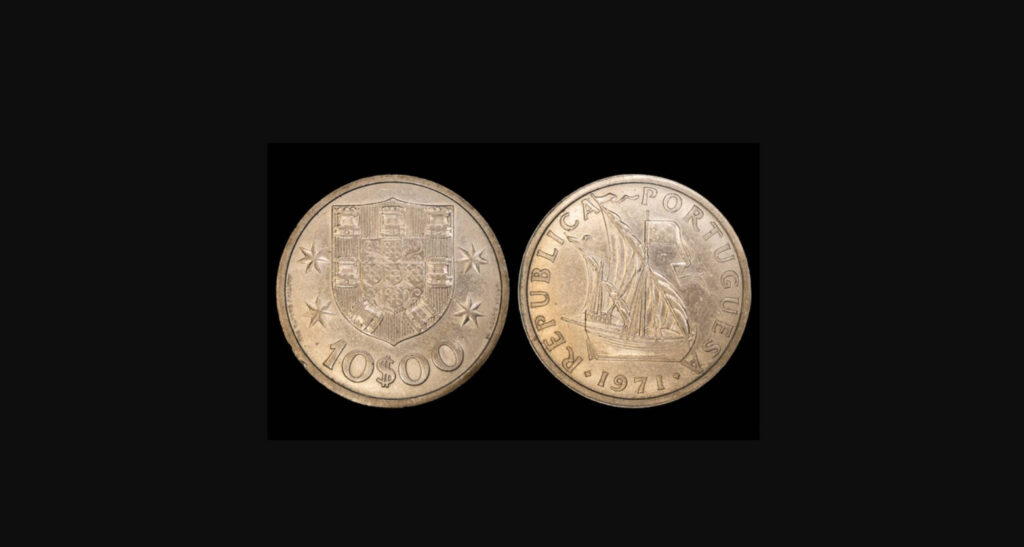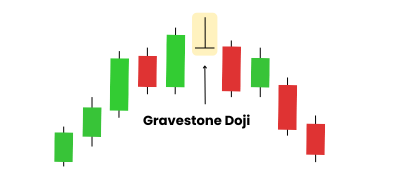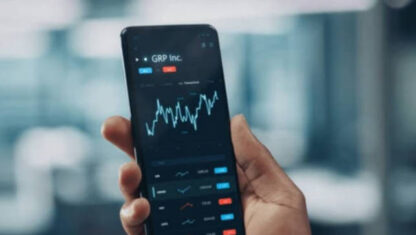Important Information
This website is managed by Ultima Markets’ international entities, and it’s important to emphasise that they are not subject to regulation by the FCA in the UK. Therefore, you must understand that you will not have the FCA’s protection when investing through this website – for example:
- You will not be guaranteed Negative Balance Protection
- You will not be protected by FCA’s leverage restrictions
- You will not have the right to settle disputes via the Financial Ombudsman Service (FOS)
- You will not be protected by Financial Services Compensation Scheme (FSCS)
- Any monies deposited will not be afforded the protection required under the FCA Client Assets Sourcebook. The level of protection for your funds will be determined by the regulations of the relevant local regulator.
Note: Ultima Markets is currently developing a dedicated website for UK clients and expects to onboard UK clients under FCA regulations in 2026.
If you would like to proceed and visit this website, you acknowledge and confirm the following:
- 1.The website is owned by Ultima Markets’ international entities and not by Ultima Markets UK Ltd, which is regulated by the FCA.
- 2.Ultima Markets Limited, or any of the Ultima Markets international entities, are neither based in the UK nor licensed by the FCA.
- 3.You are accessing the website at your own initiative and have not been solicited by Ultima Markets Limited in any way.
- 4.Investing through this website does not grant you the protections provided by the FCA.
- 5.Should you choose to invest through this website or with any of the international Ultima Markets entities, you will be subject to the rules and regulations of the relevant international regulatory authorities, not the FCA.
Ultima Markets wants to make it clear that we are duly licensed and authorised to offer the services and financial derivative products listed on our website. Individuals accessing this website and registering a trading account do so entirely of their own volition and without prior solicitation.
By confirming your decision to proceed with entering the website, you hereby affirm that this decision was solely initiated by you, and no solicitation has been made by any Ultima Markets entity.
I confirm my intention to proceed and enter this websiteWhat Currency Does Portugal Use Today?
Portugal attracts millions each year for its culture, history, and financial opportunities. If you are a trader or travelling to Portugal, you might wonder what currency does Portugal use today. The answer is the euro (EUR, €), which replaced the Portuguese escudo in 2002. This shift not only simplified travel across Europe but also tied Portugal’s economy and markets to one of the most powerful currencies in the world.
Does Portugal Use the Euro?

Yes, Portugal uses the euro. Since joining the eurozone in 1999 (electronic use) and adopting euro notes and coins in 2002, the country has been fully integrated into the single-currency system. This has removed the need for currency exchange when moving across most of Europe, while also making the euro one of the most traded assets in global financial markets.
A Brief History of Portugal’s Currency
Before the euro, Portugal’s national currency was the escudo (PTE), introduced in 1911 after the fall of the monarchy. For nearly a century, the escudo served as the country’s medium of exchange. However, by the late 20th century, the escudo faced repeated devaluations and inflationary pressure, reflecting the challenges of sustaining a small, independent currency in a globalised economy.
In 1999, Portugal joined the eurozone, and the euro was first introduced in electronic form for interbank transfers and accounting purposes. By January 2002, physical banknotes and coins entered circulation, officially replacing the escudo at a fixed conversion rate of 200.482 escudos per euro. This transition marked a pivotal step in Portugal’s integration into the European Union’s economic framework and shifted its monetary policy under the control of the European Central Bank (ECB).

Euro Notes and Coins in Portugal
The euro used in Portugal is issued in both notes and coins. Banknotes are available in denominations of €5, €10, €20, €50, €100, €200, and €500, although larger notes such as €200 and €500 are rarely seen in daily transactions. Coins are available in 1, 2, 5, 10, 20, and 50 cents, as well as €1 and €2 denominations.
For residents and visitors, this structure makes everyday purchases straightforward. For traders, however, the widespread circulation of the euro underlines its credibility as a store of value and reserve currency. Portugal’s reliance on the euro illustrates how a stable, widely accepted currency supports both domestic commerce and cross-border trade.
Cash and Digital Payments in Portugal
While cash remains useful for small purchases, Portugal has seen a rapid shift toward card payments and digital transactions. The Multibanco system, Portugal’s nationwide network of ATMs and banking services, is widely recognised for its reliability and accessibility. Contactless payments, mobile wallets, and online banking are increasingly popular, reflecting the euro’s adaptability in both physical and digital formats.

For financial markets, this trend highlights the euro’s role not just as a transactional tool, but as a robust digital currency ready to meet the evolving demands of modern economies.
Trading Implications of Portugal Using the Euro
Portugal’s adoption of the euro has significant implications for forex markets. By joining the eurozone, Portugal tied its economic outlook to one of the world’s most liquid and widely traded currencies. The euro is second only to the U.S. dollar in global trading volume, with EUR/USD dominating forex market flows.
This integration means that Portugal no longer sets its own monetary policy; instead, interest rates and inflation targets are determined by the ECB. For traders, the euro’s movements depend not only on Portugal’s performance but on the broader health of the entire eurozone. Stronger economies like Germany and France often dictate euro direction, but developments in smaller nations such as Portugal can also trigger volatility.
During the eurozone debt crisis of 2010 to 2014, Portugal formally requested a bailout in 2011, alongside other Southern European economies to stabilise its finances. During that time, confidence in the euro wavered, and forex traders saw sharp moves in pairs like EUR/USD and EUR/GBP. This episode highlighted how events in even smaller eurozone economies can influence the valuation of the currency.
Today, traders monitor the euro closely against the U.S. dollar, Japanese yen, and British pound. Key drivers include ECB interest rate decisions, inflation reports, and geopolitical risks. Portugal may no longer control its own currency, but as part of the eurozone, its economic health contributes to the overall strength of the euro in global markets.
So What Currency Does Portugal Use?
Portugal’s journey from the escudo to the euro reflects a broader lesson about the power of currencies. The escudo years were marked by vulnerability and volatility, while the euro has offered stability, liquidity, and integration into a powerful currency bloc. For traders, the euro is far more than Portugal’s local currency. It is a central pillar of global forex trading.
By understanding Portugal’s transition, traders gain insight into why the euro holds such importance as a trading instrument, a reserve asset, and a reflection of economic policy across an entire region.
Disclaimer: This content is provided for informational purposes only and does not constitute, and should not be construed as, financial, investment, or other professional advice. No statement or opinion contained here in should be considered a recommendation by Ultima Markets or the author regarding any specific investment product, strategy, or transaction. Readers are advised not to rely solely on this material when making investment decisions and should seek independent advice where appropriate.












